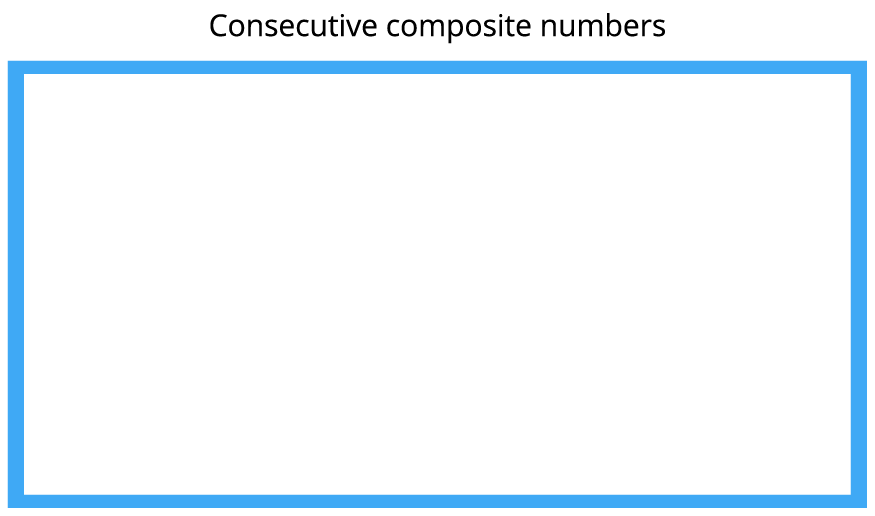UPSKILL MATH PLUS
Learn Mathematics through our AI based learning portal with the support of our Academic Experts!
Learn moreA composite number is defined as a number having more than two factors.
Example:
Factors of \(9\) are \(1\), \(3\) and \(9\). Therefore it is a composite number.
Factors of \(14\) are \(1\), \(2\), \(7\), and \(14\). Therefore it is a composite number.

Seven consecutive composite numbers less than \(100\):

\(89\) and \(97\) are the prime numbers. \(90\), \(91\), \(92\), \(93\), \(94\), \(95\), \(96\) lies in between \(89\) and \(97\). All these numbers have more than \(2\) factors. Therefore, all the numbers are consecutive composite numbers.
- \(1\) is neither prime nor composite number.
- Any whole number greater than \(1\) is either a prime or composite number.
Important!